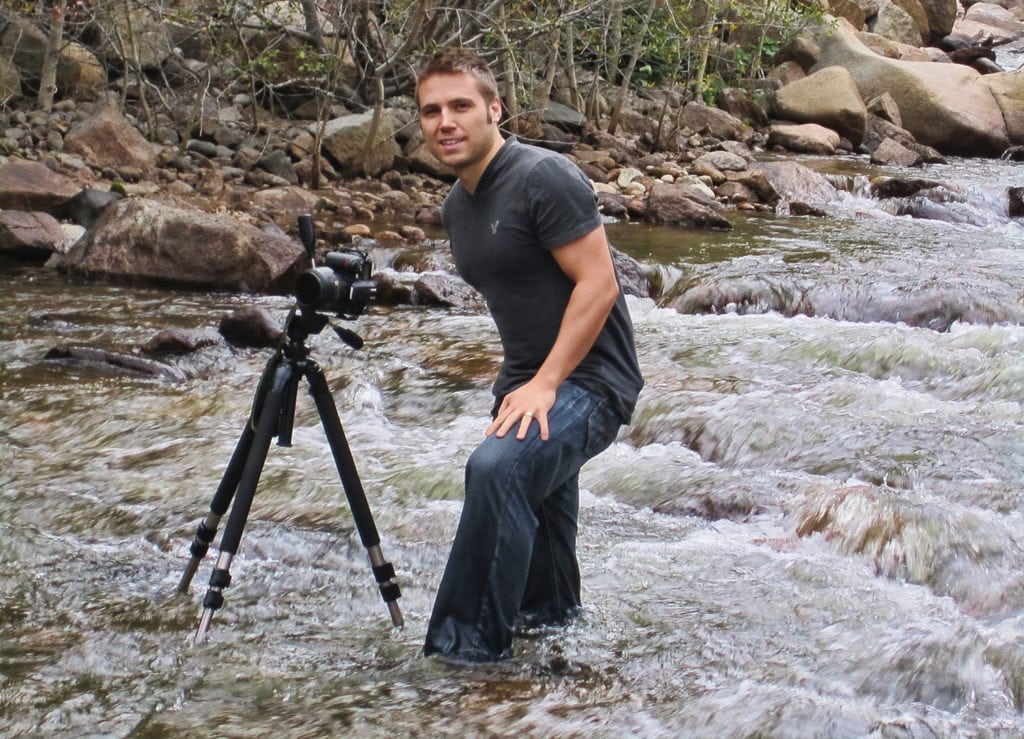Photography is not cheap. We can spend thousands of dollars on camera bodies, lenses and all the ancillary equipment we need to get great shots. We can, however, become complacent when it comes to looking after that kit. So reliable and sturdy is modern photographic equipment that we can be lulled into a false sense of security. We can ignore the basics of keeping our precious gear in tip-top order, assuming that it will work perfectly every time.
Modern cameras and indeed lenses are packed with high technology. Beneath that sturdy outer shell is an intricate matrix of delicate electronics. Mistreat them and they can go wrong. So how do you look after your expensive camera equipment?
1. Invest In A Good Bag
Your choice of camera bag will be a very personal one. However, whether you go for a soft shoulder bag, backpack or hard case, you should be prepared to spend some money on it. Your bag should have a thick padded outer shell but more importantly, strong yet pliable inner dividers. Some bags can skimp on the inner dividers and this means your lenses and cameras can be impacting each other as you walk.
Another thing that some cheaper bags skimp on is, ironically, weatherproofing. There is a significant number of camera bags on the market that have no waterproofing, hardly ideal if you are on location in a rainy place. You should research your camera bag as much as you would a body or a lens. After all, it's them that it will have to protect through thick and thin.

2. Keep Your Bodies Clean
Of course, the cardinal sin is not putting a body cap back on your camera as soon as you stop using it. Not doing so pretty much renders any weather sealing pointless and of course, creates the perfect environment for the dust bunnies.
Changing lenses is another situation that invites sensor dust. Always loosen the lens and body caps, point the camera downwards – and sheltered from wind – and make the change as quickly as possible.
Keeping the exterior of your camera clean is as important as keeping your lens clean. Even with weather sealing, microscopic particles of dust can slowly work their way into buttons and dials. Over time these can start to erode the functionality of those controls. I use a lint free cloth over a pencil to get into the nooks and crannies of my camera bodies. Others might use high-quality artist’s brushes to keep the body clean.
Protecting your camera in use is another important consideration. A good comfortable camera strap will prevent you from dropping it. If you shoot in rugged locations or in extreme weather, you might consider camera armor or weatherproof housings.

3. Looking After Lenses
As the light gatherers for our camera’s sensors, it is vital to keep the optics on our lenses clean. Dust, fingerprints, and smears can all significantly degrade an image. Lenses should be cleaned using lint-free cloths or Lens-pens before shooting and you should carry these with you in the field as it is very easy for a lens to get dirty while on location. High-quality lens cleaning fluid should also be in your kit bag. This will help remove the most stubborn marks.
Like camera bodies, lens exteriors are prone to dust and damage. The same rules apply to keep them in good working order.

4. Keeping Your Tripod Functioning
This is an often overlooked piece of equipment in a photographer’s maintenance regime. It quietly does its job in all weather – rain or shine. In doing so, dust and dirt get into leg locks, head plates, and many other nooks and crannies. While you don’t need to clean your tripod after every shoot, a look over and clean up will keep it working for years ahead. Check the manufacturer's instructions for cleaning and if required lubricating.

5. Photographic Sundries
Batteries, memory cards, hard drives and all the other accoutrement of modern photography also require looking after. Batteries very often require charge and discharge regimes to keep them at optimum power. Memory cards should be fully formatted in camera before each shoot. Formatting on a computer can lead to read/write errors.
6. A Photographic First Aid Kit
It's well worth carrying some repair tools in your camera bag. Jewelers screwdrivers are very useful. The tiny screws on bodies and lenses can come loose over time and get lost if not re-tightened. A Swiss Army Knife or similar can also be very useful. Electrical tape can be used for minor repairs and for covering camera branding in less salubrious locations.

It is not the glamorous side of photography that we love but looking after your equipment is a vital part of our pastime or career. Spending on good protective equipment such as bags and straps will prevent your cameras from getting damaged. Getting into a routine of basic cleaning, maintenance and procedures will ensure the longevity of your precious equipment and reduce the likelihood of failure on location.
Do you have a maintenance routine or any tips and tricks that you'd like to share to help others? Then please tell us in the comments below.




